Update: The more you write, the more you lose part of the data, and the first part. This is a test based on Huawei Mate9, Mate8, and theoretical data plus actual experience. I don't like to add too much out-of-the-box and run points in my assessment. Therefore: For a pure technical analysis of SOC, see: Want to see the appearance and workmanship details, please click: This article compares the model overview: Mate9 black 6+128, system: EMUI5.0, version number: B156 Mate8 champagne gold 4+64, system: EMUI5.0, version number: B575 This part of the screen is very subtle, because you really need to use it. If you do not carefully compare the screens at hand, you will feel that there is not much difference. Therefore, the experience gap is the actual difference. Jazz 8 I have used six months so far, and I feel the most obvious drawback is: the color temperature is severely high, and the manual adjustment of the warmest is still cold and dazzling. Jazz 9's screen suppliers are: JDI, Sharp, LG Display, because the official system has been shielding component suppliers to check the entrance, and currently has not found a way to query screen suppliers. Mate9 According to the different color temperature, the screen has three modes adjustable. Because the test cost is high and even if two mobile phones of the same model, the test data will certainly be different. The author took a relatively simple and efficient method: integrated soomal, notebookcheck, phonearena instrument performance. The table below greatly represents the consistency of Mate9 screen data. This data basically represents instrument test data for non-Apple Samsung flagship mobile phone screens. Mate9's screen tuning is actually based on the DCI-P3 color space, which has a color gamut 25% wider than SRGB. Instrument test data proves this, and P3 is better than SRGB (average DeltaE=4.3). In addition, Mate8 screen saturation is in fact more than 100% SRGB, a color difference. I estimate that Mate9 should show that the photos taken by IP7 should be good. It should be compared with the Samsung AMOLED screen set as a cinema mode. Because almost all content on the Internet is currently expressed in the SRBG color gamut, if a mobile phone screen has a color gamut significantly exceeding 100% SRBG and the color difference is greater than 5, it will be too vivid and color cast in actual use. The figure above shows the specific color data of the Mate9 default mode screen in the SRGB color space: the abscissa is the color difference value, and the vertical coordinate is the color. The longer the line, the more serious the color cast. It can be seen that the black display is the most accurate, while the cyan is the most serious color cast. I thought about it, or wrote a reference value for this project: IP7/+ averaged around 2; while Samsung's OLEDs of the last two generations were similar, with an average of 2.5 or so in the basic model. According to NBC's professional instrument tests: Black and gray response levels are relatively common. This test result shows that the screen response time is relatively mediocre. After careful review of the author, I found that many mobile phones responded in about 20-40ms. If you compare with a high-speed camera, you have the opportunity to see the difference. In actual use, if it is not the netizen's special suggestion, I have not found any cell phone that has been used due to smearing. It is a false proposition that the current mobile phone can not move more than 100% SRGB color gamut, and Android's original color management is lacking, and there is not much support at all. The result is color cast. This is why Apple kept SRGB before the 7th generation and made the color in SRGB mode the ultimate. The IP7 and new MACBOOK screens can take into account the SRGB and Display-P3 color gamut saturation and accuracy under color management. To expand the color gamut, even the closed apple ecology is only just starting. 1, the day Mate9 screen is not so reflective. 2, play video: MKV format movies, frame by frame with the contrast. All set to standard mode, automatic brightness, dimming ambient light. (Upper: MT8, lower: MT9), shooting the phone as MI2S. Put a group of comparative photos. PS: I feel that this kind of mobile phone is compressed and then uploaded. It is not a small difference from the tone that I personally observed. The MT8 in the original image is colder in color and the MT9 is softer and not greenish. The warmer tone in the picture below is more pleasing. The shadows in the men's suit and the screen in the film are more clear. Overall, in my opinion, Mate9 is much clearer and more comfortable than Mate8. Mate9's screen progresses, because the color temperature has changed from very poor to good. It is worthy of recognition that the upgrade can be perceived in actual use. If you have to make horizontal comparisons, Mate9's screen quality obviously lags behind Samsung's flagship. Compared with the remaining group of flagship mobile phone screens? Can be described as: whether they are cooked chickens, or do not hurt each other! Camera Specifications: The Mate9 camera can be understood as an improved version of the P9 dual camera. The module estimate is also provided by Sunny Optical. Huawei's dual-camera solution uses two cameras for simultaneous imaging and ISP synthesis. The color information of the color camera is theoretically preserved, and the black and white camera provides good definition, thereby improving the image quality. Mate9 camera UI and interaction logic is still relatively easy to use. Focus and image stabilization performance basically determines the camera's photo experience. I took more than 200 proofs under various conditions and found that Mate9's experience in this area is positively correlated with ambient light. The light is sufficient, so the focus is abnormally fast and the film is accurate and fast. Under the dim light condition, the action of pulling the bellows is obvious, and the double shot synthesis time also becomes longer, and the imaging time is about 1-2 seconds slower than Mate8. The reason is not difficult to understand is that black and white + color double camera on the focus and image stabilization put forward higher requirements, to optimize more difficult than a single photo, Huawei's tuning is obviously still poor. The author singled out some proofs. The size of the images uploaded by the zdm website is small and does not support the enlargement. This part of the mobile phone users still see more conclusions. Really want to look at the map or a good point in the computer. In addition, value-friends who are really interested in can discuss privately and provide a bunch of proofs. 1. How does the camera quality compare with Mate8? On the whole, Mate8's imaging is still too plain, and the color is not so pleasing. Mate9's overall imaging quality is significantly better than Mate8's. Just looking at the whole picture, Mate8 basically did not fight back. Mate9's lack of focus and anti-shake at night may cause photos to be smeared, and sharpening in some areas under dark light is not stable. There is one more case that needs to be mentioned: The left side is too bright, the middle is the manual shooting with the same parameters, the right is Mate8. Huawei's dual camera is very likely to excite the “JB Bright†mode in extremely low light. The author estimates that it is a technology of the Pixel Binning technology. This is the technology that Huawei has promoted to reduce the brightness of the dark light. In reality, the screen is brighter than it actually is, noise is noticeable and the perception is not good. The adjustment method at this time is to use manual gear, and set the ISO and shutter speed according to the parameters of the automatic transmission. 2. What color mode is better? Standard: Comparisons, the screen may be whitish. Soft: Micro-card color, color enhancement, sharper picture. Vivid: The color is darker than soft, and it is said to be German. Select vivid or soft. Automatic mode, found too bright to cut manually. The shooting time is 13 seconds and a tripod must be used. This is achieved by sacrificing time and capacity for a good nighttime picture. See here, maybe you're already dizzy, come to a total knot. Disadvantages: Poor focusing and anti-shake, low limit of on-camera imaging in standard color mode, and occasional instability in nighttime imaging. Advantages: Good anti-glare ability at night, Leica's handling of light and color will surprise you, large aperture portraits will work well, and the upper limit of picture quality after tripod is very high. A, Ignore the standard colors! Brightness can be adapted to most occasions, and it is degraded to softness according to the vividness of the object being photographed. B. The darker the light, the more you must hold your hands. C, automatic transmission can deal with most scenes. Under the limit dark light, Mate9's maximum ISO1250, shutter 1/4S, triggers the over-high mode with a high probability. Manual cut can be directly shot manually with this parameter to reduce brightness and noise. Mate9's camera and Apple's Samsung are not a style. The Apple and Samsung flagships are more in line with the needs of the general public when they take pictures. Most of the consumers, including the author, pick up and take pictures. This is the core capability of mobile phone cameras. On the ability of the whole scene to pick up and shoot steady, good pictures, Apple's flagship Samsung is second to none. In this case, Mate9 is relatively mediocre. In the face of xplay6, 1+3 has no obvious advantage. Huawei promoted the second-generation dual-camera photographing IP7P at the Kirin 960 communication conference. Is it not necessary to adjust the parameters manually, but it is definitely a tripod selection scene. Mate9's photo was not smart enough to speak badly, but it was a high degree of freedom. This explains why many photographers think that Huawei's Leica dual camera is not bad. After tossing, Mate9 has the ability to take good photos! For most people who just like to pick up and shoot, Mate9 will make you disappointed. Mate9 is very competitive for those who have a bit of photography or are willing to toss. Finally, the problem with Mate9 video shooting is image instability (anti-shake) and jelly effect (algorithm), and the perception is very general. In sharp contrast to this, the sound in the video is very clear, 4MIC noise is not covered, and the recording function is expected to be the best in history. ag drones , spray drones for sale , agriculture drone sprayer , agriculture drone price Xuzhou Jitian Intelligent Equipment Co. Ltd , https://www.jitianintelligent.com
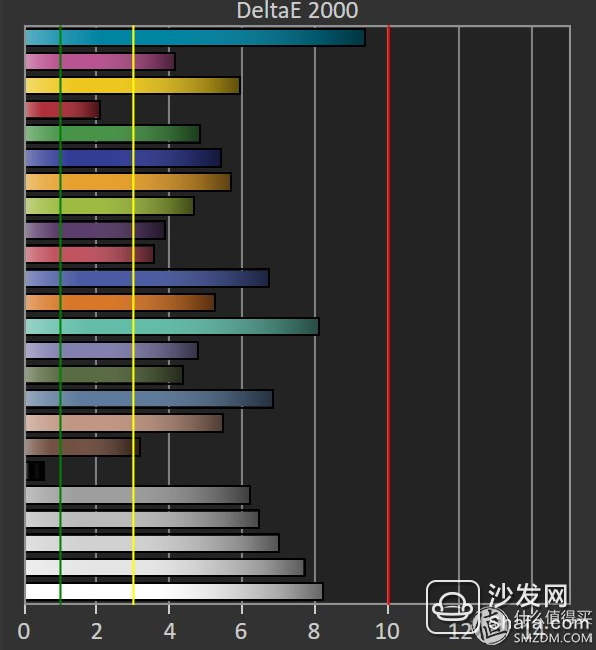
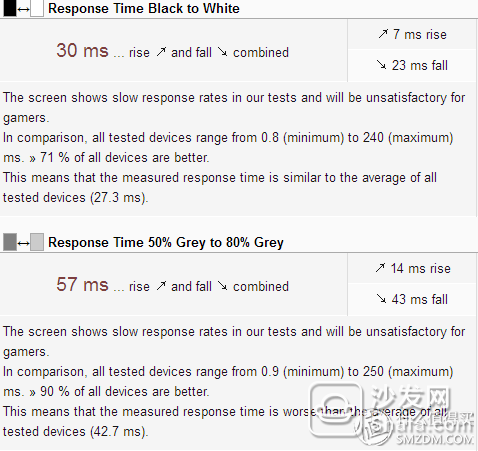

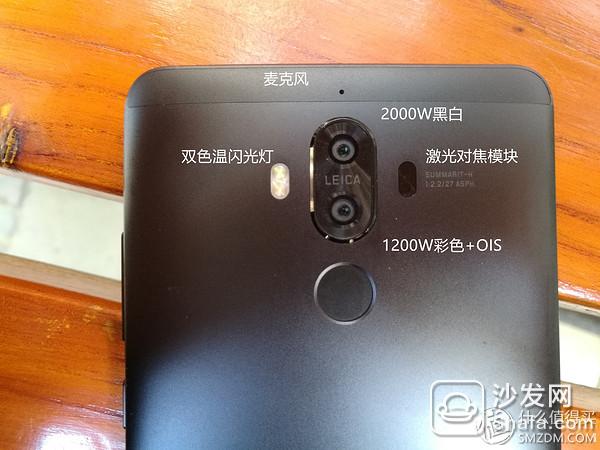
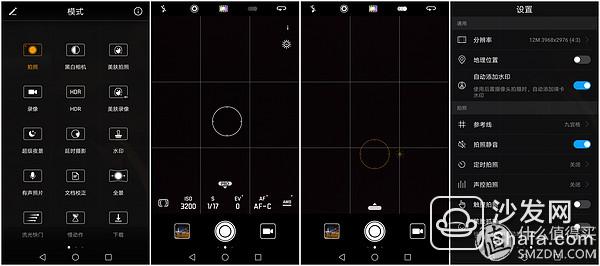
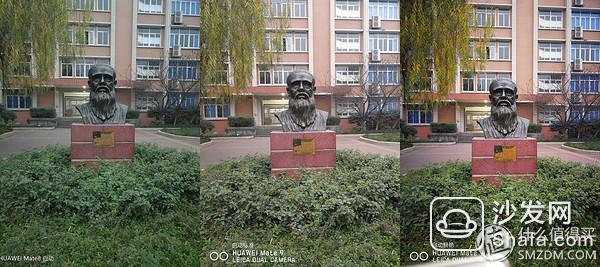 Early morning bronze statue
Early morning bronze statue 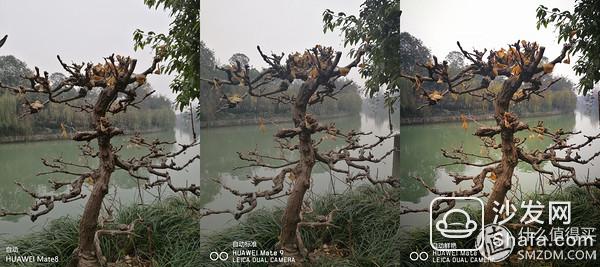 Light cloudy outdoor bonsai
Light cloudy outdoor bonsai 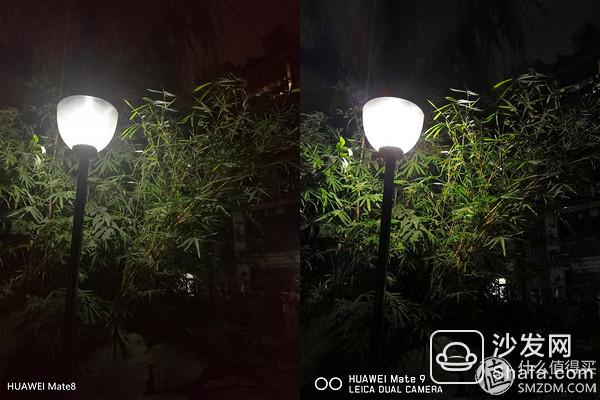 Night street lights (focus on the color of the leaves, the clarity of the picture)
Night street lights (focus on the color of the leaves, the clarity of the picture) 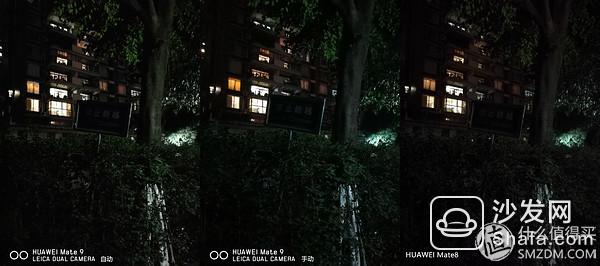 Warning sign at night (9's richer details, 8 seems to be stuck)
Warning sign at night (9's richer details, 8 seems to be stuck) 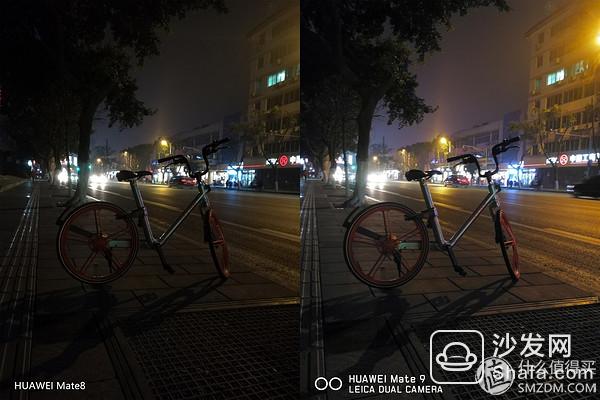 Bicycles at night
Bicycles at night 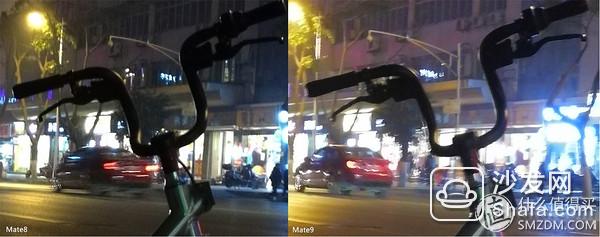 Details of the bicycle handlebar (Mate9's sharpening smears something wrong)
Details of the bicycle handlebar (Mate9's sharpening smears something wrong) 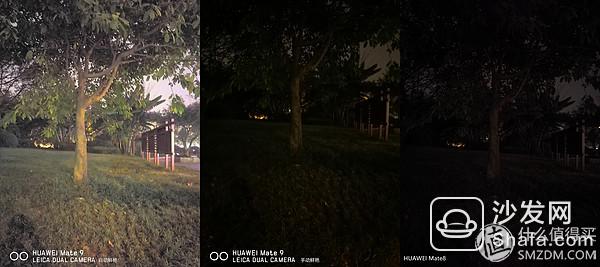 Extremely dark trees
Extremely dark trees 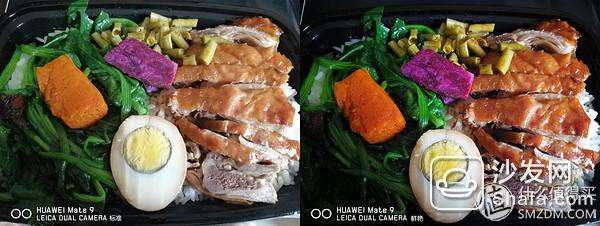 Take food, choose bright! Too hungry and forget to shoot soft
Take food, choose bright! Too hungry and forget to shoot soft 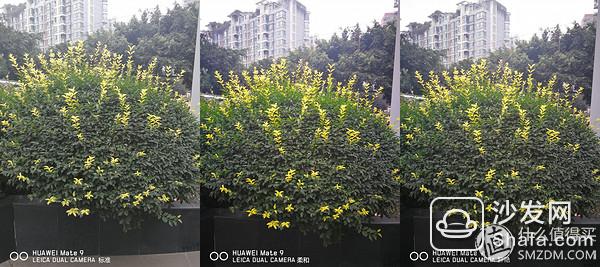 Cloudy flowers
Cloudy flowers 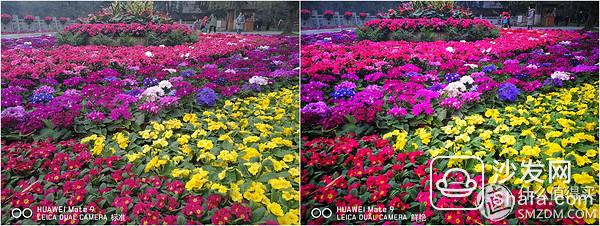 Group flowers
Group flowers 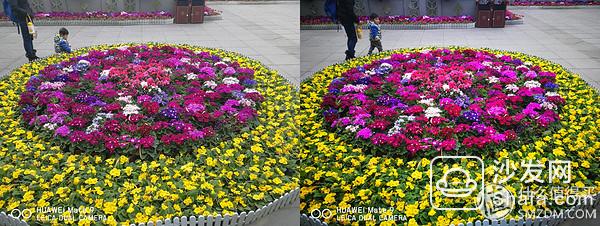 The vivid pattern on the right is oversaturated, and it's a bit fake.
The vivid pattern on the right is oversaturated, and it's a bit fake. 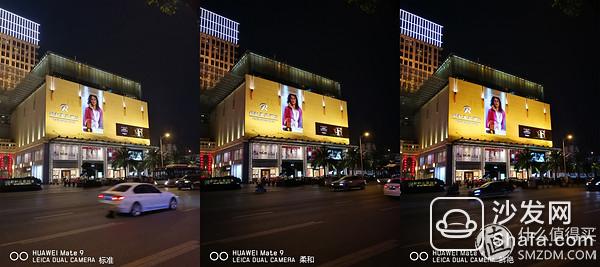 Roadside at night (the rightmost color is closest to reality)
Roadside at night (the rightmost color is closest to reality) 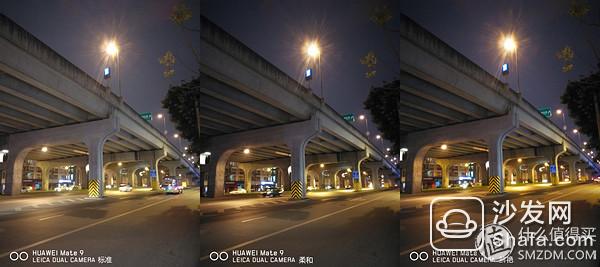 Viaduct at night
Viaduct at night 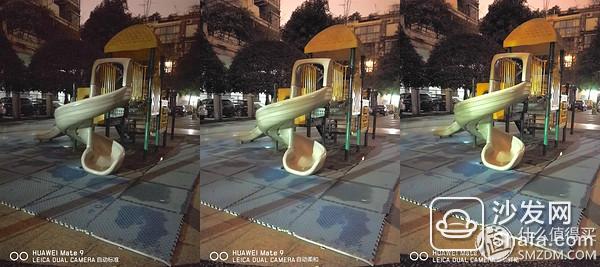 Automatic mode three colors
Automatic mode three colors 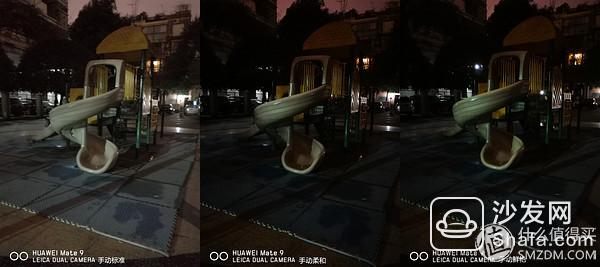 Manual mode three colors
Manual mode three colors  Automatically bright, pick up the effect of shooting
Automatically bright, pick up the effect of shooting 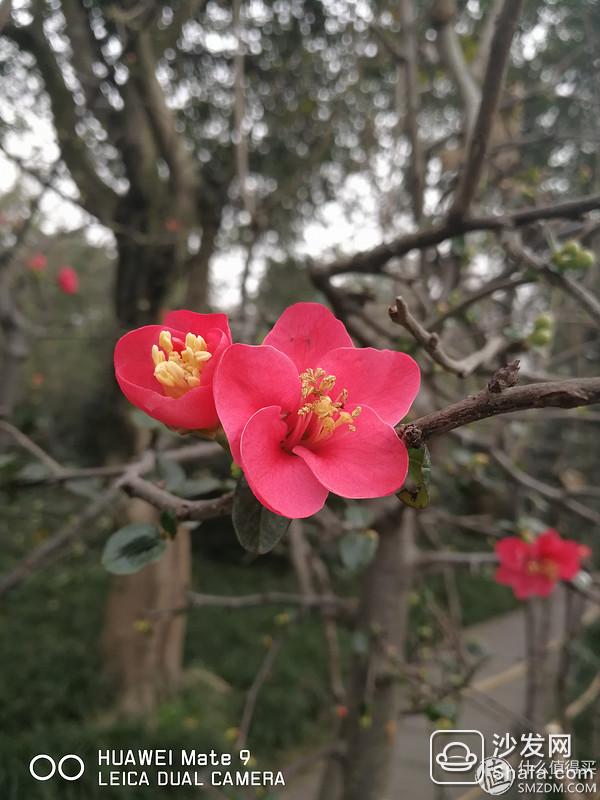 Park of Safflower
Park of Safflower 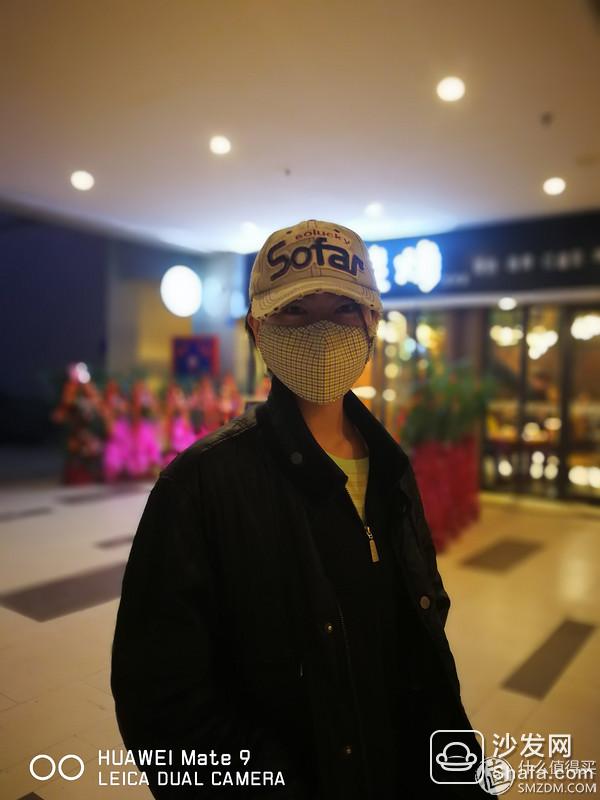 Portrait performance, the light behind the rendering is good
Portrait performance, the light behind the rendering is good 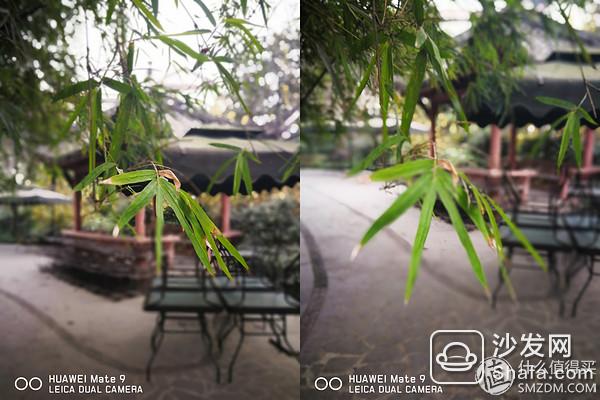 The polygon is a bit powerless, adjustable aperture
The polygon is a bit powerless, adjustable aperture 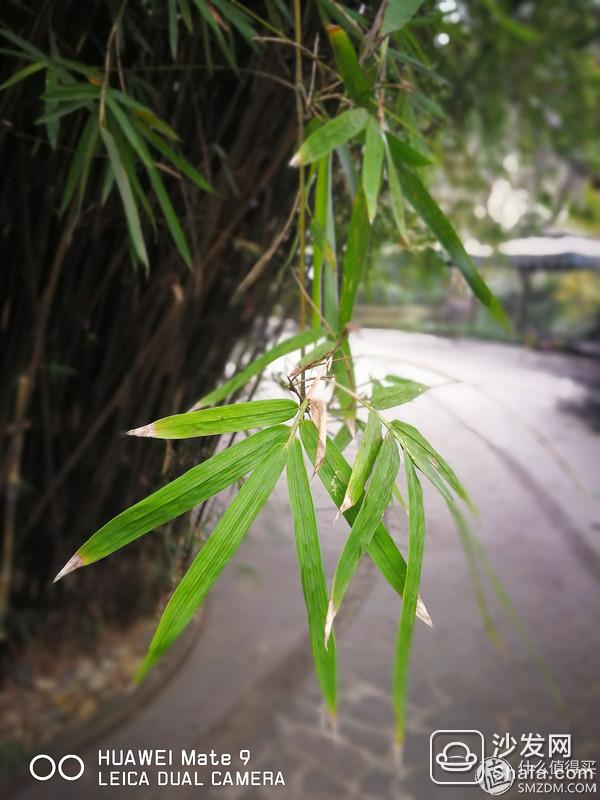 From another point of view, a little progress
From another point of view, a little progress 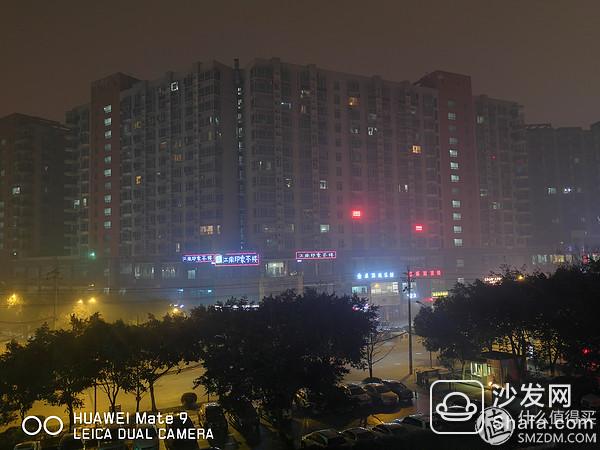 Fog at night (need to use a tripod)
Fog at night (need to use a tripod)
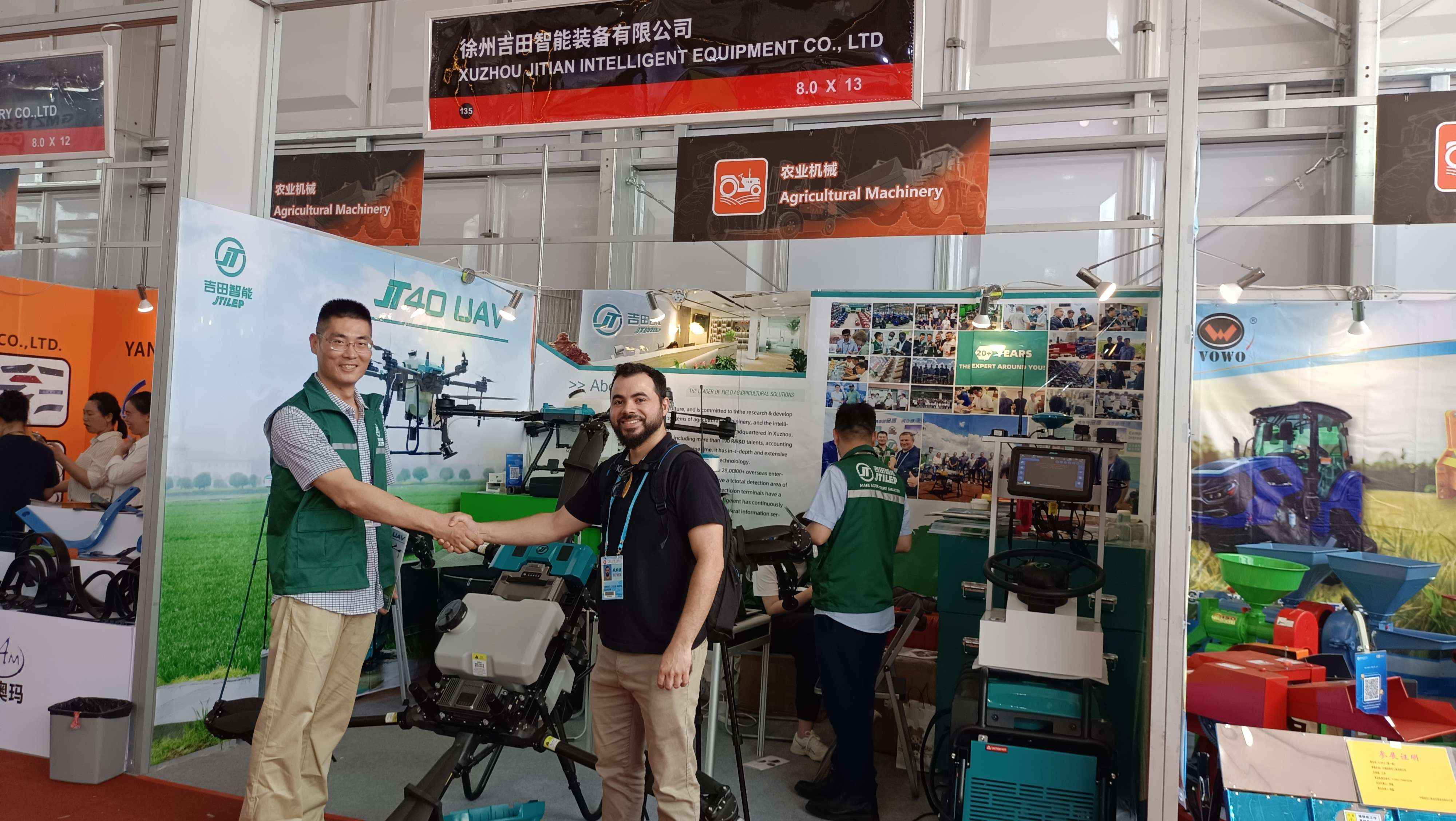
Foreword
JTILEP 40L drone agrícola